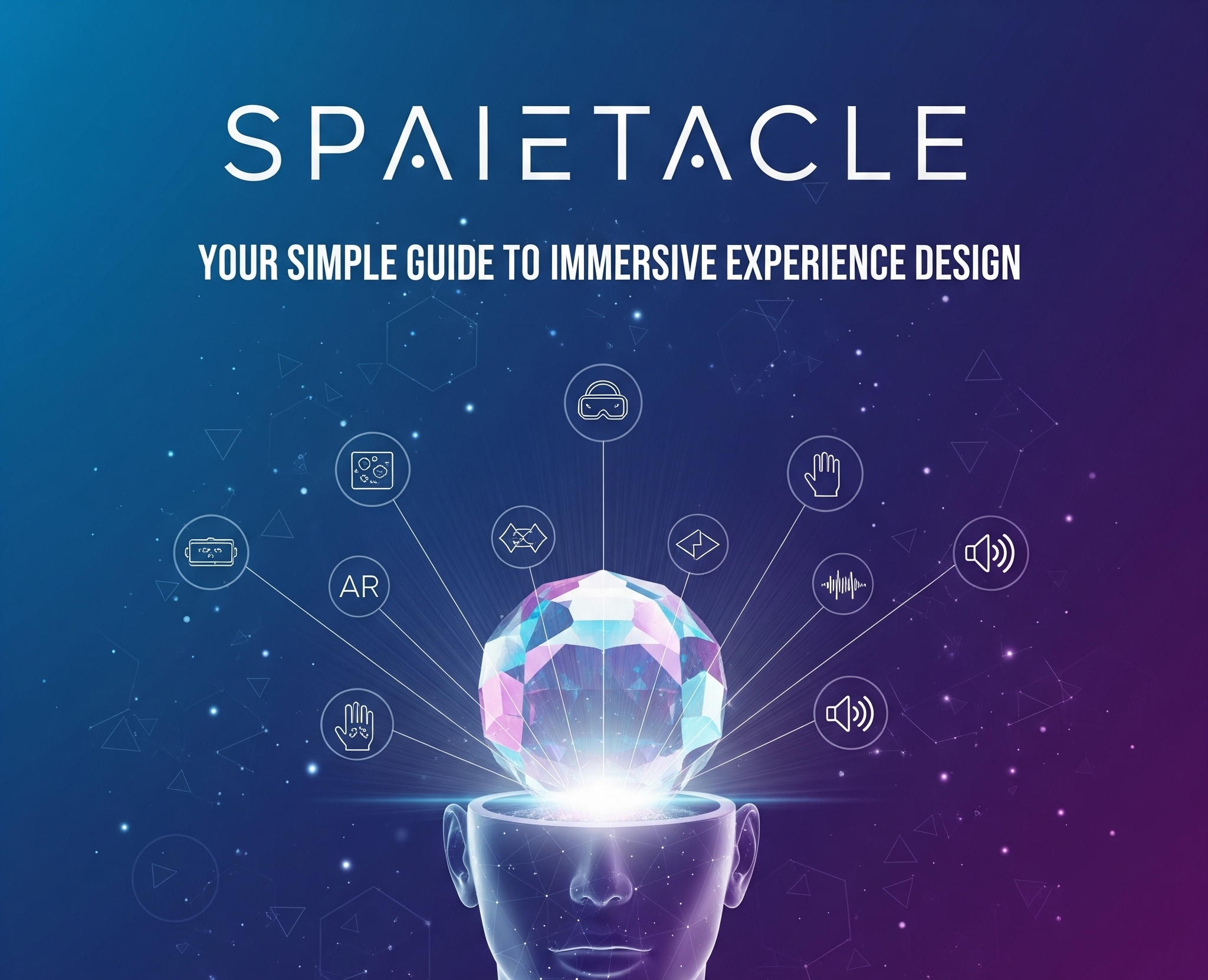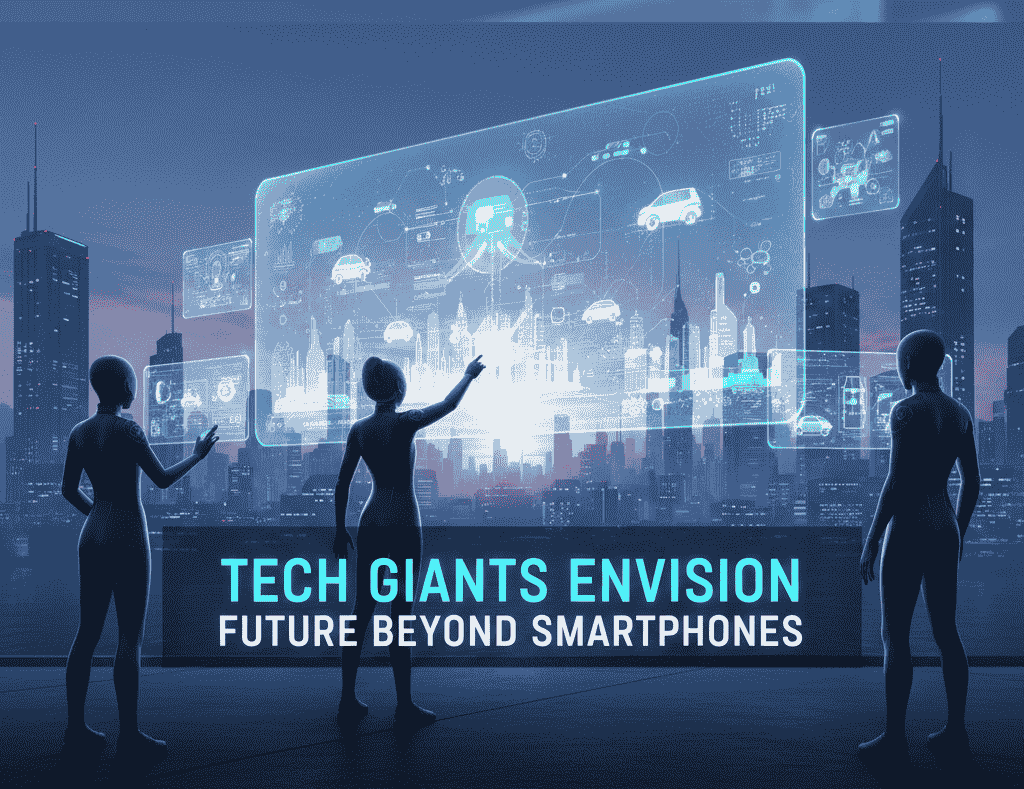Have you ever attended an event that left you absolutely speechless? Perhaps it was an art exhibit where the walls seemed to dance along with you, or a brand pop-up that felt more like an adventure than just a marketing ploy. These experiences are more than just events; they’re something fresh and thrilling. They’re called spaietacles.
This quirky term combines “space” and “spectacle.” It represents the next wave in how we enjoy ourselves, learn new things, and engage with brands. In this guide, we’ll dive into everything you need to know about spaietacles. We’ll explore what they are, why they resonate, and even how you can create one yourself.
What is a Spaietacle, Anyway?
A spaietacle is essentially an immersive experience that envelops you. It combines a thoughtfully designed space, cutting-edge technology, and captivating storytelling to draw you in. You’re not just a spectator; you become part of the action. Imagine the difference between watching a movie and actually stepping into it. A spaietacle engages all your senses. You don’t just see what’s happening; you might hear it, feel it, and even catch a whiff of it. It transforms passive viewing into an exciting adventure of exploration.
READ MORE: CÑIMS: The Complete Guide 2025
The Key Ingredients of a Great Spaietacle
What sets a spaietacle apart from your typical event? It all boils down to a few essential elements that come together beautifully.
1. A Well-Designed Space
The environment takes center stage. The venue itself becomes part of the experience. This could involve using projectors to transform plain walls into stunning digital art or crafting a maze of rooms, each evoking a different mood. The space leads you on an exciting adventure.
2. Audience Interaction
This is where the magic of a spaietacle truly shines. The experience adapts to you. As you move, the visuals might shift. You could be prompted to make a choice that alters the narrative. Technologies like motion sensors, augmented reality (AR), and touch screens bring this enchantment to life.
3. A Story You Can Feel
A captivating spaietacle weaves a story. It might not follow a traditional narrative with a clear beginning and end. Instead, it evokes a feeling or theme. It could take you on a serene journey through a tranquil forest or whisk you away to a futuristic city. This underlying story ties everything together, making it all feel significant.
Why Are Spaietacles So Popular Right Now?
You’ve probably noticed that experiences are popping up in conversations more and more these days, and there’s a solid reason behind it!
To start, people today are leaning towards valuing experiences over material possessions. A cherished memory often holds more significance than a physical item. Spaietacles are all about creating those unforgettable, shareable moments.
On top of that, they’re a dream for social media. These events are visually stunning and one-of-a-kind. Everyone loves snapping photos and shooting videos to share online, and this organic buzz helps spread the word to a wider audience.
Lastly, they’re versatile enough to fit into nearly any industry. Art museums use them to make their exhibits come alive. Educators incorporate them to make lessons truly memorable. Brands tap into them to forge a strong bond with their customers.
READ MORE: Schedow: The Ultimate Guide to Mastering Your Hidden Time
How to Create Your Own Spaietacle Event
Ready to dive in and create something amazing? You don’t need a blockbuster budget to get started. Just follow these simple steps to kick off your journey.
Step 1: Start with a Feeling
Before you dive into the tech side of things, take a moment to think about the emotions you want to evoke. What feelings do you want your audience to experience? Joy? Curiosity? Calmness? Every choice you make should align with that central emotion.
Step 2: Choose Your Space
Take a good look at the space you have available. Is it a spacious warehouse or a cozy little room? Make the most of its unique features. A room with interesting echoes can create a fantastic sound experience, while a plain white wall can serve as a perfect backdrop for projections.
Step 3: Use Tech Wisely
Remember, technology is just a tool, not the end goal. You don’t have to splurge on the priciest equipment. Simple LED lights, a decent sound system, and a projector can work wonders. The aim is to harness technology to evoke emotions, not just to show off fancy gadgets.
Step 4: Test and Listen
Before you open the doors to everyone, try out the experience with a small group first. Observe how they move and respond. Ask them about their feelings and any moments of confusion. Their feedback is invaluable—use it to enhance the experience.
Step 5: Be Kind to Your Audience
Keep in mind that some people might feel a bit overwhelmed. Create quieter spaces where they can take a breather. Let them know what to expect before they step in. Being considerate goes a long way in making the experience enjoyable for everyone.
The Future is Immersive
The shift towards immersive experiences is just getting started. Before long, we could be enjoying personalized spectacles where AI tailors the story just for you. Imagine lightweight AR glasses that seamlessly merge the digital and physical worlds. But the core idea remains the same. It’s all about fostering genuine human connections and sparking a sense of wonder. It’s about transitioning from merely observing something to truly experiencing it.
Your Spaietacle Journey Starts Now
Creating a spectacle is all about unleashing your creativity, not about having a hefty budget. It’s about crafting a moment that sticks in people’s minds and sparks conversations for years to come. Start small. Pick a single room. Play with lights and sound. Watch how people respond. You might just end up creating the next unforgettable experience!
READ MORE: TheHRWP: The Simple HR Software for Modern Businesses
FAQs Section
Q: What’s the difference between a spaietacle and virtual reality (VR)?
A: VR is typically a solo adventure. You slip on a headset and dive into a digital realm. In contrast, a spaietacle unfolds in a real, physical environment. It’s all about sharing the experience with friends right there in the same space.
Q: Can I create a spaietacle on a tight budget?
A: Definitely! You can work wonders with just a few simple tools. Creative lighting, captivating soundscapes, and DIY decorations can be just as impactful as pricey gadgets. Remember, it’s all about the vibe, not just the visuals.
Q: How long should a spaietacle experience be?
A: Generally, a good spaietacle lasts between 15 and 60 minutes. That’s enough time to get lost in the moment without feeling drained. Plus, it’s wise to let people move at their own pace, so they can step away whenever they’re ready.











